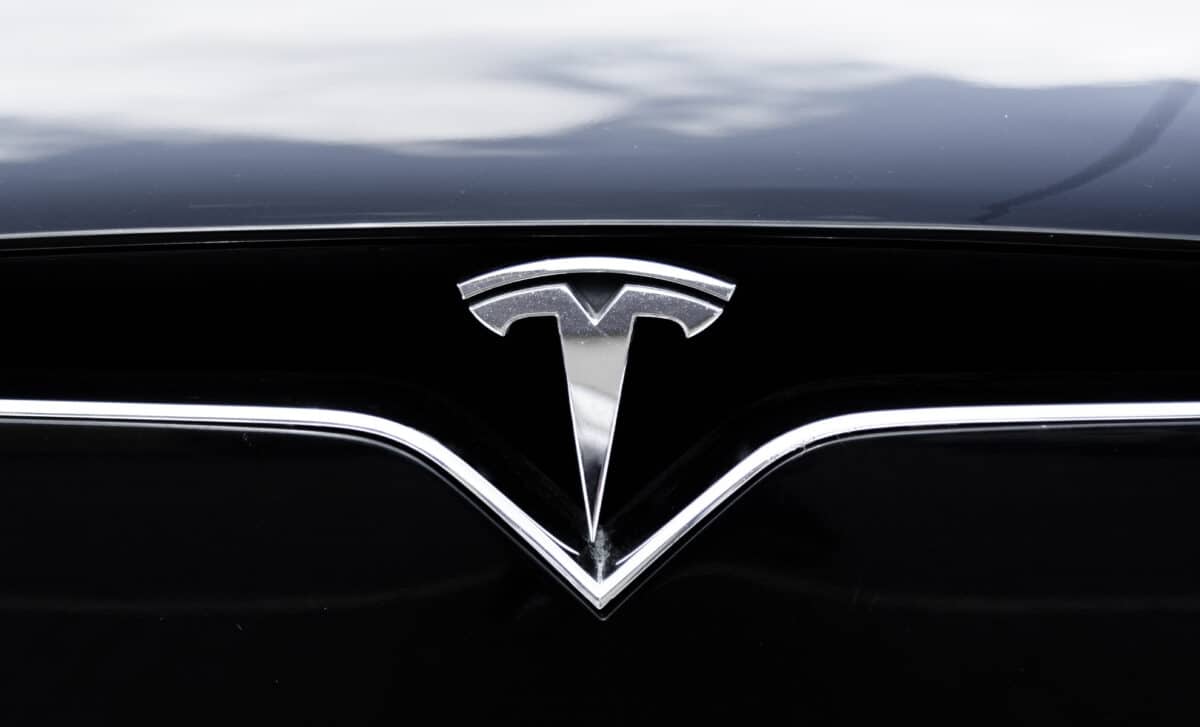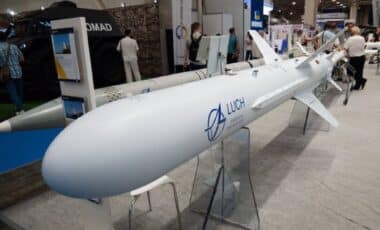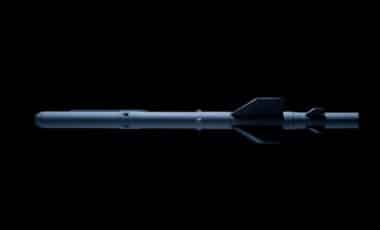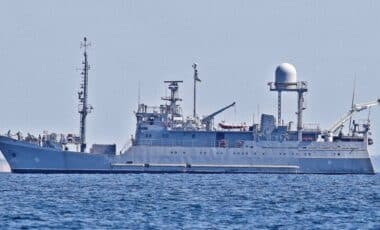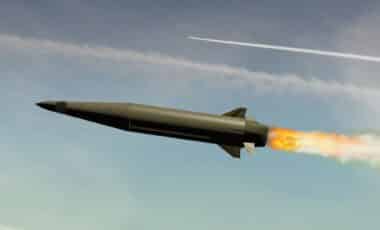Tesla’s plan to launch an autonomous taxi service in San Francisco has stalled. After several months of testing, the company was unable to secure the necessary regulatory approvals and instead introduced a conventional ride-hailing service in the Bay Area.
Tesla initially intended to roll out its robotaxi service in California this summer. The company began testing Model Y and Model 3 vehicles equipped with autonomous driving features in April, using safety drivers across the San Francisco Bay Area. As reported by Business Insider, an internal memo dated July 24 indicated that the service could begin as early as the following day, with human operators ready to intervene if required.
This development comes amid fierce competition in the autonomous mobility sector. San Francisco has become a key battleground for self-driving technology, with companies such as Waymo already holding a dominant position. Tesla’s failure to obtain the required permits illustrates the regulatory challenges in California and the obstacles even major industry players must overcome.
The U.S. Accelerates Efforts to Replenish THAAD Missile Stockpiles After Support to Israel
Regulatory Barriers Prevent Launch
Tesla has not received authorization from California’s Department of Motor Vehicles (DMV) or the California Public Utilities Commission (CPUC) to run a commercial autonomous taxi service. The CPUC stated that the automaker is not permitted to test or transport passengers in autonomous vehicles, whether or not a human driver is present. Likewise, the DMV has no record of any permit applications for driverless testing or deployment, highlighting the gap between Tesla’s plans and its regulatory standing.
This situation stands in sharp contrast to Texas, where Tesla introduced a pilot program in Austin in June. There, the service remains limited to rides with safety operators in the passenger seat, far from the fully autonomous vision that was initially presented.
Tesla Pivots to Ride-Hailing Service
On July 31, Elon Musk announced the launch of a ride-hailing service in the Bay Area, declaring on X (formerly Twitter): “You can now request a Tesla in the San Francisco Bay Area, in addition to Austin.” As described by the company, this offering allows customers to request Tesla vehicles driven by human drivers, with no mention of autonomous functionality.
This shift reflects a clear departure from Tesla’s previous ambition to immediately deploy robotaxis. Early trials in Austin revealed operational limitations, with several reports of vehicles making sudden stops, driving in the wrong direction, or mismanaging turns, further questioning the system’s readiness for broader deployment.
Waymo Dominates the San Francisco Market
While Tesla has been held back by regulatory hurdles, Waymo continues to expand its operations. The Alphabet subsidiary runs a fleet of 1,500 autonomous Jaguar I-Pace vehicles, nearly 600 of which are in San Francisco. State regulators confirmed in May that Waymo received approval to deploy its driverless taxis in several parts of the Bay Area, including San Jose, strengthening its market foothold.
In addition, Waymo has engaged with the Arizona Department of Transportation to initiate certification for its autonomous taxi service in Phoenix, signaling its growing lead in the field Tesla hoped to challenge.

